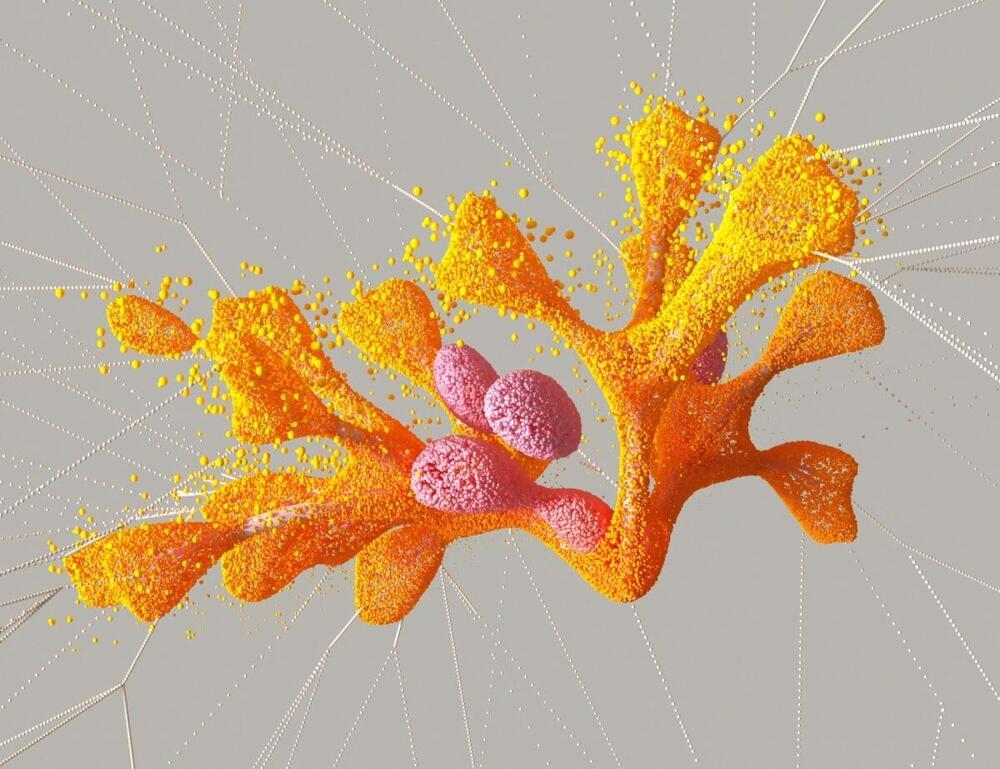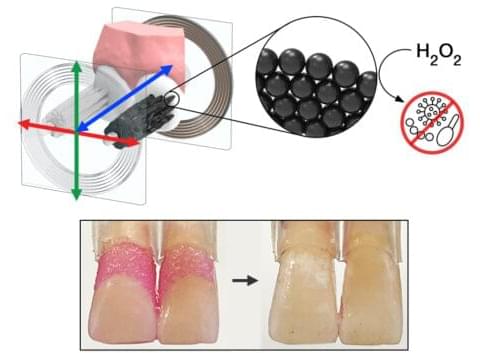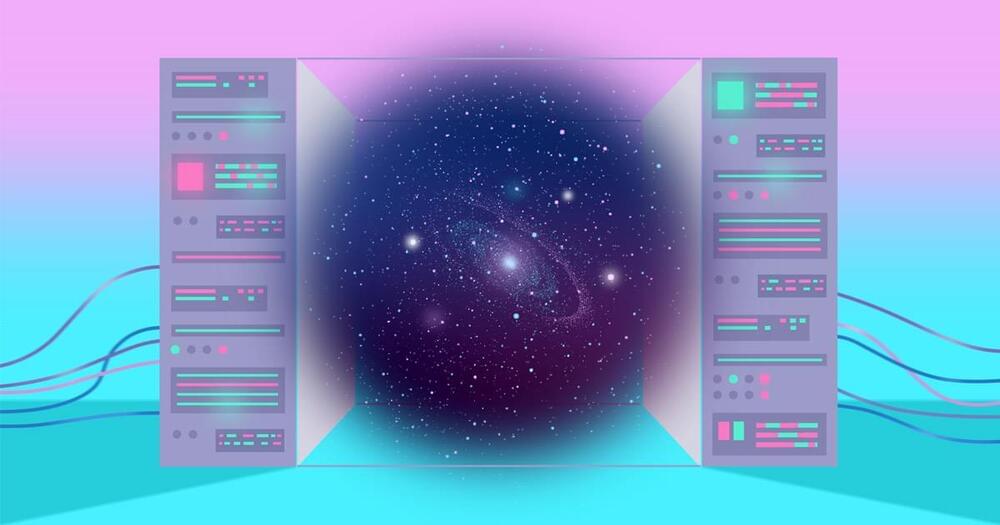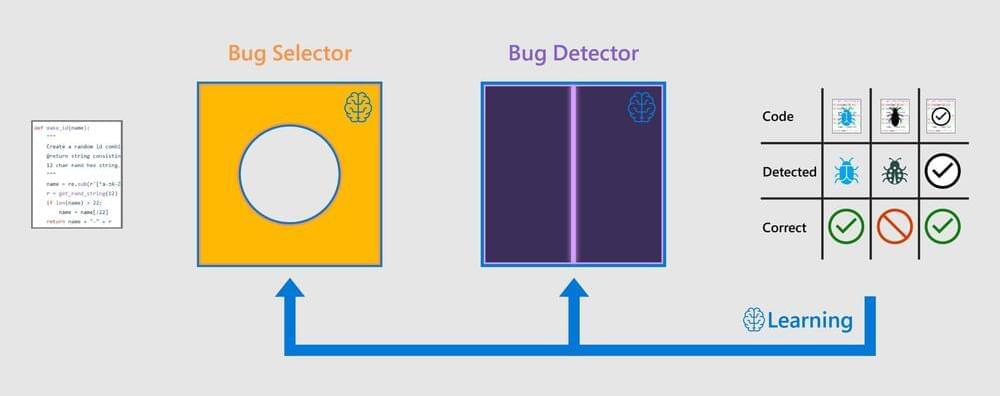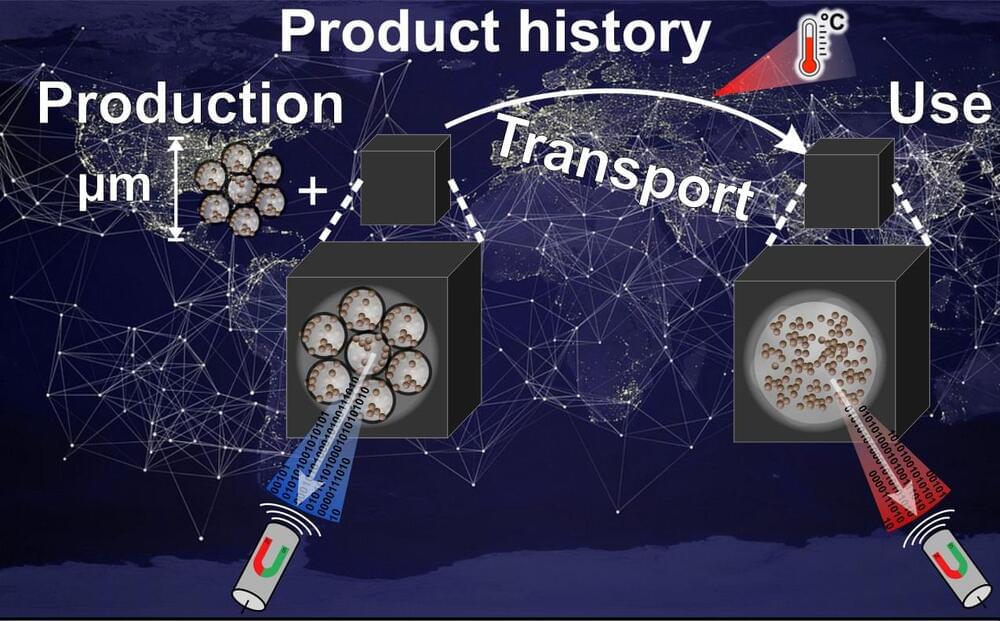For the function of many biomolecules, their three-dimensional structure is crucial. Researchers are therefore not only interested in the sequence of the individual building blocks of biomolecules, but also in their spatial structure. With the help of artificial intelligence (AI), bioinformaticians can already reliably predict the three-dimensional structure of a protein from its amino acid sequence. For RNA molecules, however, this technology is still in its infancy. Researchers at Ruhr-Universität Bochum (RUB) describe a way to use AI to reliably predict the structure of certain RNA molecules from their nucleotide sequence in the journal PLOS Computational Biology on July 7, 2022.
For the work, the teams led by Vivian Brandenburg and Professor Franz Narberhaus from the RUB Chair of Biology of Microorganisms cooperated with Professor Axel Mosig from the Bioinformatics Competence Area of the Bochum Center for Protein Diagnostics.

